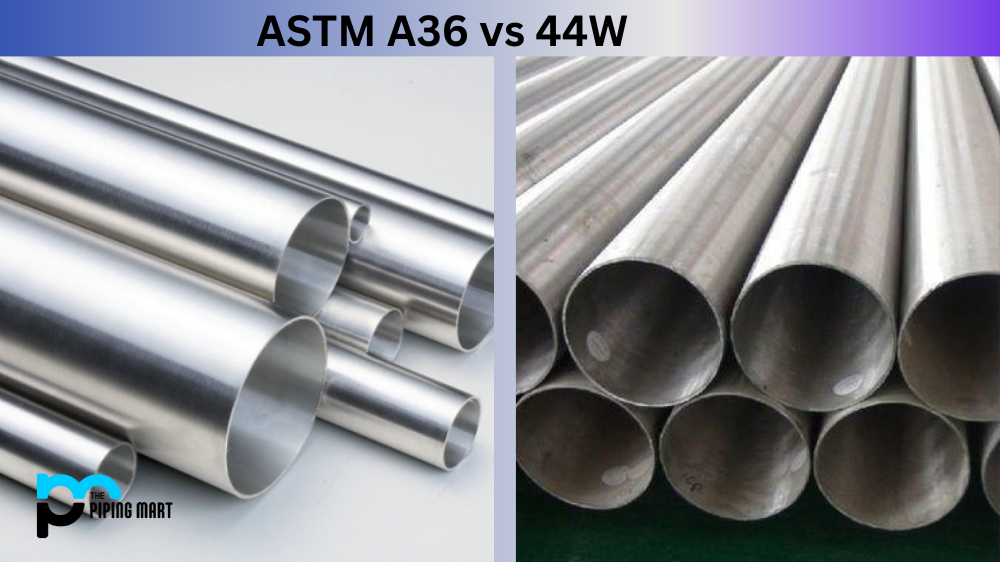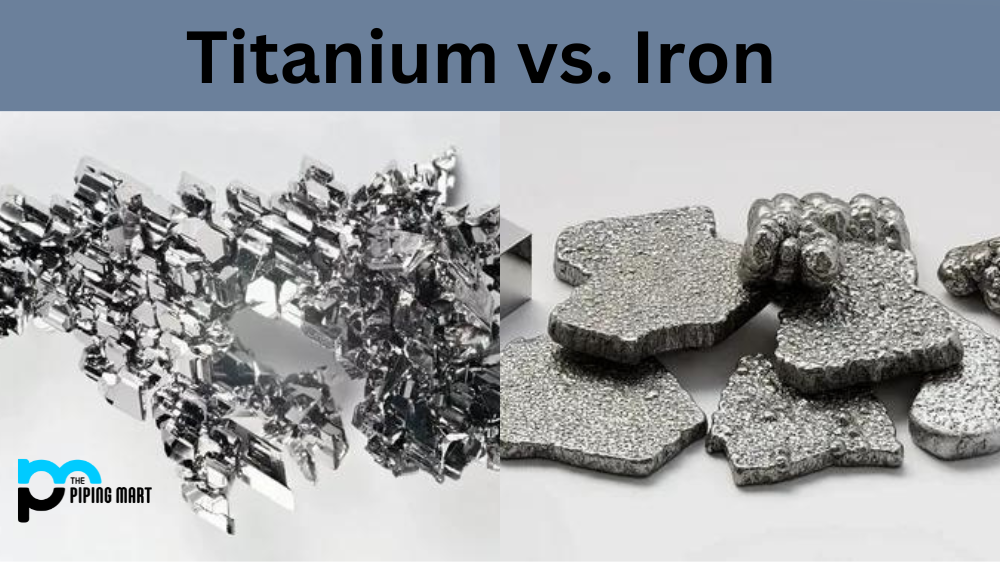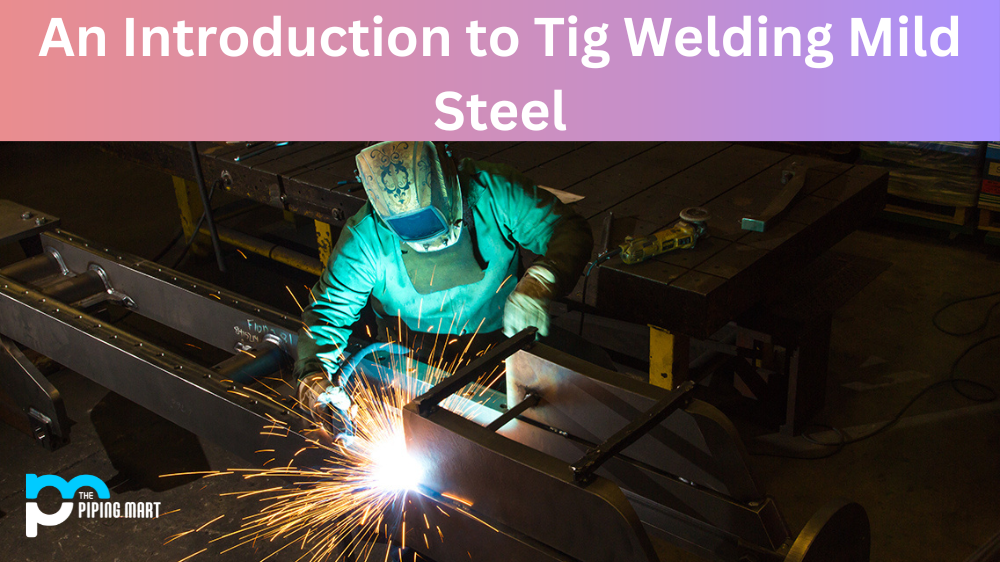Regarding construction and structural engineering, selecting a suitable material is critical to ensuring successful outcomes. Two commonly used materials are ASTM A36 and 44W. These materials share similarities but also have distinct differences that impact their performance. In this blog post, we’ll explore the differences between ASTM A36 and 44W so that you can decide on which material to use in your next project.
Difference Between ASTM A36 and 44W
Composition
ASTM A36 and 44W are both low-carbon steel alloys with minimal carbon. However, their chemical compositions are different. ASTM A36 contains 0.26% carbon and 0.2% copper, whereas 44W contains 0.1% carbon and 0.6 to 1.5% manganese. The latter also has a slightly higher silicon content. These differences in chemical composition lead to differences in mechanical properties.
Yield strength
One significant difference between these materials is their yield strength. The yield strength of ASTM A36 is 250 MPa, whereas the yield strength of 44W is 290 MPa. This means that 44W can support greater loads before deformation occurs. However, 44W is also less ductile than ASTM A36. Ductility refers to a material’s ability to deform without breaking. ASTM A36 has an elasticity of 20%, whereas 44W has a flexibility of 10%.
Tensile strength
Another difference is their tensile strength. Tensile strength refers to the maximum stress a material can withstand before breaking. ASTM A36 has a tensile strength of 400-550 MPa, whereas 44W has a tensile strength of 440-620 MPa. Again, this means that 44W can support greater loads. However, because 44W is less ductile, it’s more susceptible to brittle fracture, a material’s sudden and catastrophic failure under tensile stress.
Cost
Cost is often a driving factor in material selection, so comparing the prices of ASTM A36 and 44W is helpful. Generally speaking, 44W is more expensive than ASTM A36. This is because 44W contains more manganese and silicon, which are more costly than copper, the primary alloy in ASTM A36. Additionally, 44W is less standard than ASTM A36, so its price is driven up by supply and demand.
Applications
Many factors impact material selection in structural engineering. In general, ASTM A36 will be suitable for most applications that don’t require high tensile or yield strength. On the other hand, 44W should be used for applications that require high strength and where weight or space limitations are a concern. Ultimately, the choice between these two materials depends on the specific needs of your project and should be made in consultation with a structural engineer.
Conclusion
In summary, ASTM A36 and 44W are two low-carbon steel alloys with similar chemical compositions but different mechanical properties. While 44W has a higher yield and tensile strength, it’s less ductile than ASTM A36 and more susceptible to brittle fracture. Additionally, 44W is more expensive than ASTM A36 because of its higher manganese and silicon content. When choosing between these materials, it’s essential to consider the specific needs of your project and consult with a structural engineer.
Rachana is a dedicated and ambitious young woman who has made a name for herself in the metal industry. From her earliest days in the industry, Rachana showed a natural talent for problem-solving and a keen eye for detail. In her free time, She enjoys reading up on the latest advancements in the industry, as well as exploring new ways to innovate and improve upon existing processes.




